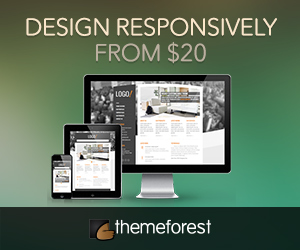Clearly, I’m asking for trouble here by laying down a list of what is regarded as good design.
Hopefully though, this does not turn out like O’Reilly’s Bloggers’ Code of Conduct which he later took back:
Proper use of fonts – as a general rule, no more than three font families are to be used on a single page. Too similar fonts make for a staid feel, while over-using fonts is gaudy. (This one I remember from my elementary Journalism class)
Font families – unlike in print media, the use of serifs (Garamond, Times New Roman, Cambria) and sans-serifs (Arial, Tahoma, Calibri) are reversed: serifs are generally used online for headers and titles, while sans-serifs are used for body text. The general assumption is that serifs when displayed onscreen without sub-pixel font rendering tend to strain the eyes. While OS X and Windows Vista already implement font families optimized for sub-pixel font rendering, this is still a small percentage of your audience.
Writing special symbols – with the proliferation of adaptive WYSIWYG interface, it’s increasingly more difficult to resist writing in Microsoft Word and pasting everything over to your platform’s Visual Editor (in my experience, WordPress and Blogger are notorious for not filtering Microsoft-proprietary extensions to HTML when copy-pasting). As such, the inevitable appearance of symbols such as é and € make the work of future-proofing your code more difficult than it should be. To get on the good side of font substitution between operating systems and browsers, and future extensions to the current HTML/XHTML standards, consider using entity names versus entity numbers.
Use of images – here’s where it gets dicey. Unless you’re running a design site, it is good practice to stick with muted background patterns that tile well – not wallpaper sized images that only add unnecessary loading times to your page. Then again, I have seen well-optimized images used as watermarks that still manifest good practice. Your gut feel would be your best bet.
Formats of choice – JPEG is still de factor photos and PNG for outlined images. Generally, it is best to leave a file in its original format. You almost never have to perform format conversions as this decreases the fidelity of your images. This is especially true for PNG; unless specialized software is employed, converting a GIF does not give the vector-based advantage of PNG because the latter is dependent on distance between image elements (lines, loops, fills), unlike GIF.
In the next installment…
Color themes –
Adapting to different screen resolutions –
Cross-browser compatibility –
Originally posted on May 22, 2007 @ 6:50 am
